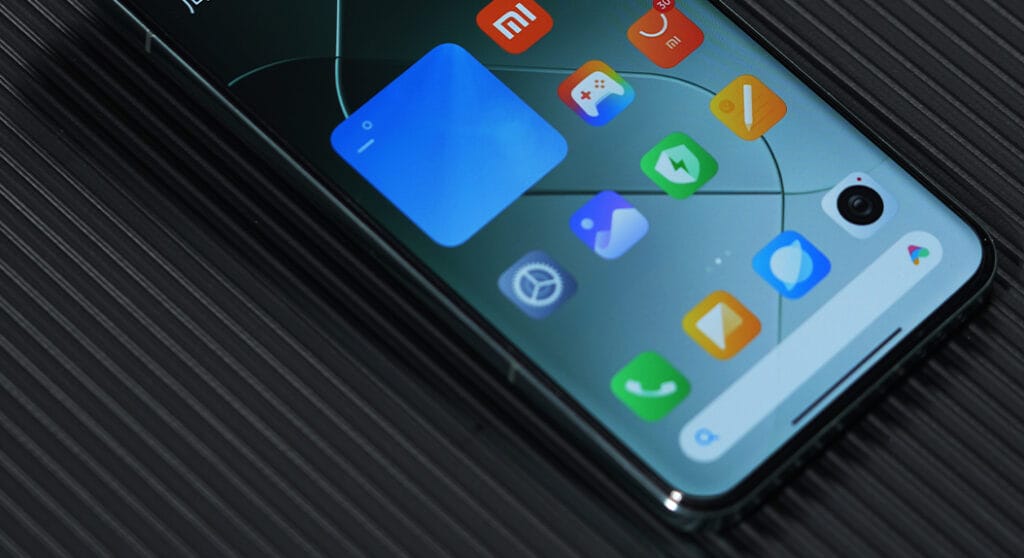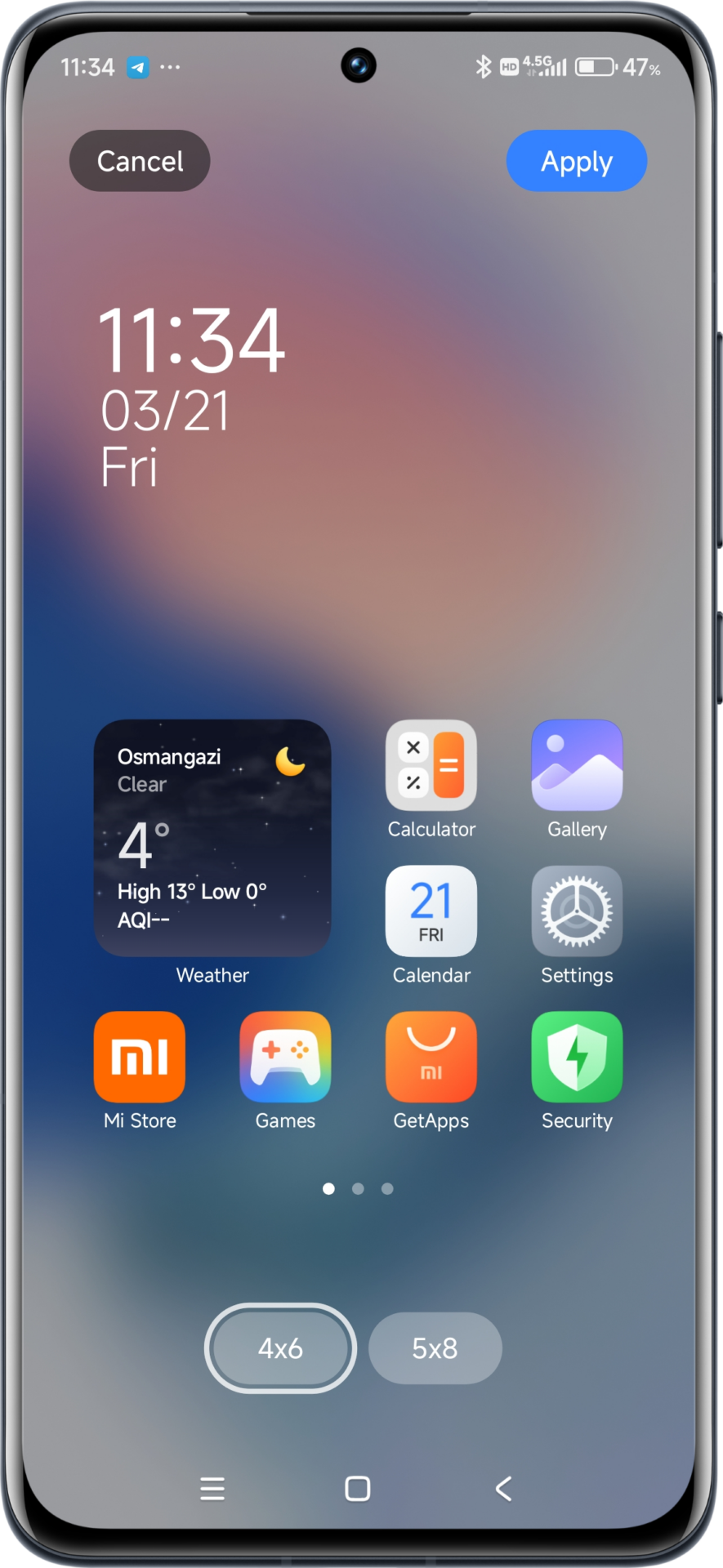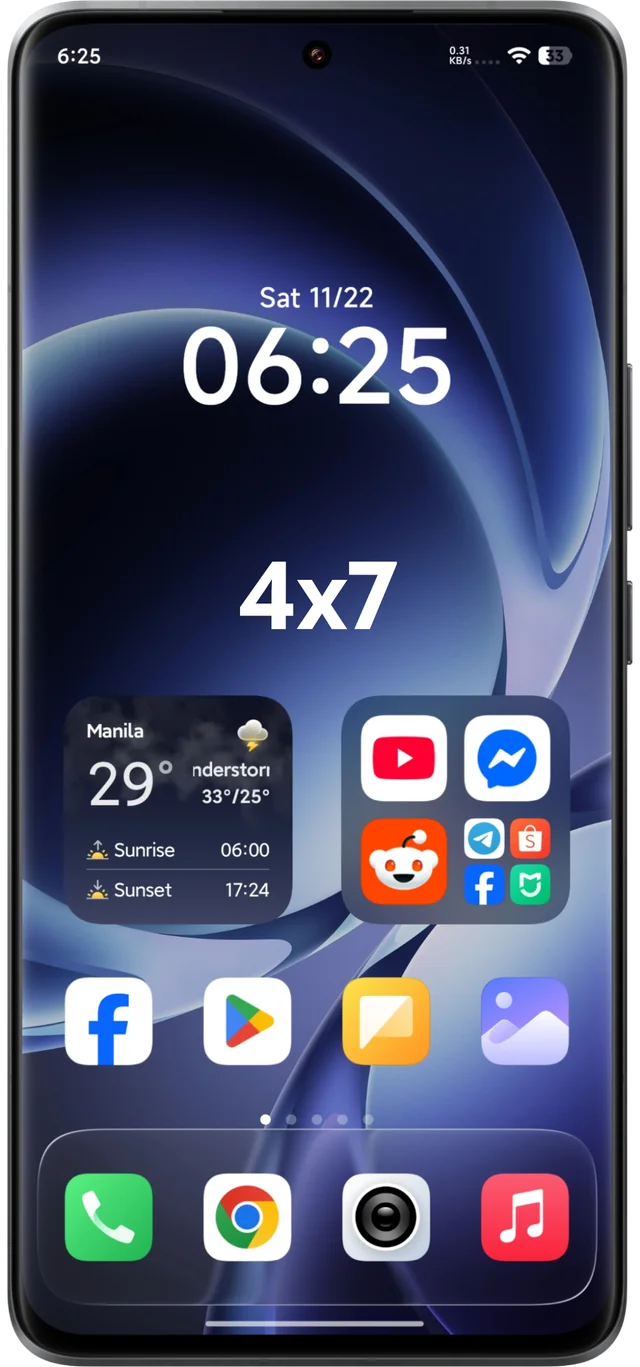Xiaomi’s recent HyperOS launcher update has raised questions among users who noticed that traditional grid options such as 4×7 and 5×6 are no longer available. This adjustment, introduced through the latest System Launcher distribution, reflects Xiaomi’s strategy to unify the visual identity of HyperOS across smartphones, tablets, and automotive interfaces. The change also aligns with updated widget engines and layout rules introduced in HyperOS and documented in earlier analyses we published on HyperOSUpdates. These modifications indicate a broader transition from granular customization toward a more structured, ecosystem-optimized design language.
The Design Shift Behind HyperOS Grid Restrictions
Xiaomi’s transition from MIUI to HyperOS introduced the “Alive Design” framework, which emphasizes consistent spacing, animation sequences, and widget compatibility across all device classes. This shift requires predictable screen coordinates, making highly flexible grid configurations difficult to maintain. The company therefore standardized the launcher into two main profiles:
- Standard (4×6)
- Dense (5×9)
This design intentionally reduces layout fragmentation, ensuring that widgets, large folders, and features such as Super Island do not visually conflict with system animations or safe-zone boundaries on different screen types.
Why the 4×7 Layout No Longer Fits HyperOS Standards
The 4×7 configuration was widely preferred for ergonomic balance, particularly on large displays. However, its removal corresponds to the technical direction of HyperOS. A 7-row grid complicates widget mathematics, particularly for components such as 2×2 and 4×2 interactive folders. These components rely on evenly divisible grid structures; Xiaomi found that 6 or 9 rows provide far more stable alignment for scalable elements. Additionally, the Super Island’s dynamic motion requires fixed spacing at the top portion of the display, which becomes more predictable with standardized grid models.
Technical Drivers Behind the New Grid Profiles
HyperOS relies on new spacing algorithms to ensure fluid performance across both flagship and budget devices.
Budget-oriented models—especially Redmi and POCO series—often have GPU-level restrictions defined by internal performance parameters. To ensure consistent 90Hz or 120Hz animation quality, the system disables complex density modes, including legacy grid formats. These restrictions prevent frame drops when Gaussian blur effects, folder scaling, and Super Island animations are active simultaneously.
What About POCO Launcher Users?
POCO Launcher uses a codebase separate from the primary Xiaomi System Launcher. As a result, even after receiving HyperOS, POCO devices may not feature the same grid logic or animation engine. The recents provider is also integrated directly into the stock launcher, which limits full gesture support on third-party launchers. This situation forces POCO users to stay within the default environment, making the reduced grid selection more noticeable than on standard Xiaomi devices.
Xiaomi’s removal of the 4×7 layout is not a regression but a deliberate architectural decision tied to the broader HyperOS vision of unified design across mobile, home, and automotive systems. By narrowing the grid offerings, Xiaomi preserves predictable widget alignment, strengthens system animations, and ensures performance stability across diverse hardware tiers. Although some users may prefer legacy flexibility, the shift ultimately supports the long-term evolution of the HyperOS ecosystem.


 Emir Bardakçı
Emir Bardakçı





my poco launcher one still has the 4×7 grid😂
My X15 still has 4×7
still waiting for hyper OS 3 for Xiaomi 14 upgrade…. every time hearing releasing in September and October but still 😞 wait 😞… not arrived… now November closes 😞….